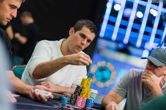The New Paper, Rock, Scissors -- Alex Fitzgerald on Nits, Stations, and Maniacs
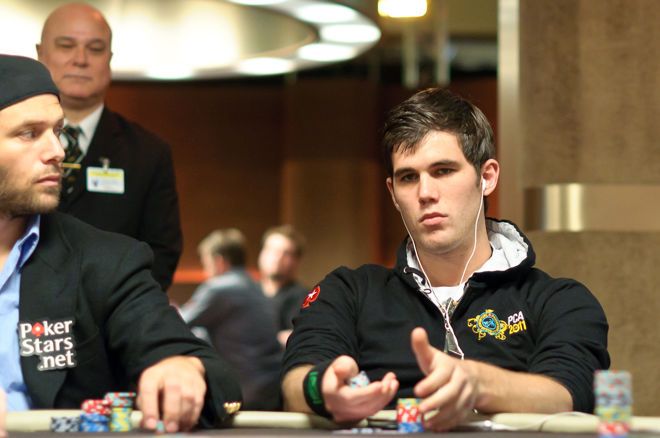
Table Of Contents
I was talking to a cash game regular the other day. He said something I loved.
��You know, I��ve always noticed something," said Chris Scott. "Nits beat stations. Stations beat maniacs. Maniacs beat nits. You can see it every time you sit down at the table.��
This is why you have to meet up-and-coming grinders. Sometimes they will say something that makes you wonder, ��Why have I never thought of it that way?��
Now, I��m sure someone before Chris said some version of this, but regardless of that, this concept does not come up enough. It��s absolutely true. Nits beat stations. Stations beat maniacs. Maniacs beat nits.
Why Does this Occur?
Nits only play the best starting hands. When the flop comes out, they usually got the best of it. Stations are in the game for another reason. They��re there for rest and relaxation. They call down because it��s exciting. They��re trying to win as many pots as possible because that��s what makes poker fun for them. They��re not thinking about their opponents and their ranges. They are playing to see flops. They are playing to see showdowns.
Stations get obliterated when they play against nits. However, they clobber maniacs. Maniacs are playing poker for the dopamine high of blasting huge bets into the pot. They love the action. They don��t consider the other player. They are more aware of how fun it is to ram and jam post-flop.
"Maniacs are constantly defeated by stations, but they do destroy one type of player: nits, who are under the impression that you need a huge hand to play a huge pot."
This strategy works poorly against calling stations. Stations don��t even know what they��re doing, but they��re playing so well versus the maniac. If someone just blasts away on every flop then your best bet is to pick a halfway decent hand, put your helmet on, and call down. Calling stations don��t know what a minimum defense frequency is, but they��re much closer to an optimal one versus someone who jacks up their bluffing frequencies.
Maniacs are constantly defeated by stations, but they do destroy one type of player: nits, who are under the impression that you need a huge hand to play a huge pot. If they��re calling three bets post-flop then they��re going to need more than a pair. The maniac takes advantage of this bias beautifully. They fire constantly knowing the vast majority of the time their opponent is going to flop a pair they��re not in love with. That��s if they even hit the flop. They also pick up the money every time the nit misses. The maniac wins so many pots versus the nit that they��re freerolling when they gamble with a draw later versus the nit.
There have been times in poker history when the vast majority of the poker-playing population plays one style. In these eras, specific outlier players have conquered. Early in no-limit hold��em, for example, players liked to play it safe. They folded so much that they all became nits. This opened the door for maniacs to win plenty of money.
There have been other eras, especially in no-limit hold'em tournaments, when pissing for distance wars became all the rage. Nittier players in these skirmishes could make out with more than their fair share of the loot.
The game is about always paying attention to the trends and asking how you can exploit them.
Playing Against a Nit
In today��s day and age, poker players are more experienced. When the boom first happened, many players were playing a basic nittier style they learned from a book. In those days, a maniac style prevailed. Now, players are more nuanced. Many of them have been playing for decades. They��ve settled into their own styles. They��re not all reading from the same book.
When you sit down at the table, your first job is to determine what style each player is playing. Are they a nit, station, or maniac? You can play a more tight aggressive style until you gather this intelligence.
Nits are easy to pick up on. They fold early and they fold often. If you are playing live, you��ll notice they have no problem folding automatically and quickly. They do not sweat decisions. They have been playing this game for a long time. They know what hands they like, thank you very much. They��re going to play them and play them hard. You��ll also notice these players always have the best hand at showdowns.
If you��re playing against the nit, then you��re going to stay the hell out of their way for the most part. You will raise more when they��re to your left because you know they will rarely three-bet you or cold call you. But the second they get involved you��re going to cool your jets.
If the nit is in the big blind, however, this does present an opportunity. The nit will know they��re supposed to call out of the big blind with a wide range, but they will be uncomfortable defending this wide. You��re going to shell them with multiple bets. The nit at some point will decide, ��Okay I��m done with this. I hate these hands.�� You��ll collect a number of orphan pots nicely.
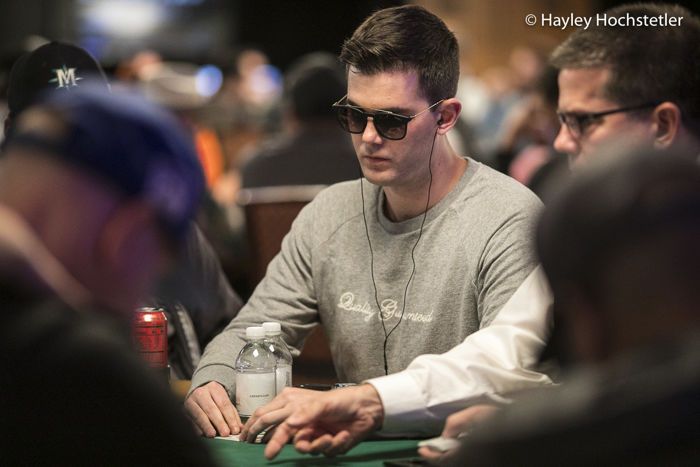
Playing Against a Station
If you see a player constantly limping in preflop or calling preflop raises that is far more likely to be a station. This is someone who is playing poker to relax. When the flop comes out there are infinite possibilities for them. They��re not going to fold anything halfway decent.
You will also know who is a station based on how much they hem and haw post-flop. Stations hate folding and they will not hide that fact. They will constantly be hanging around on later streets. When they turn over their hand on the river you��ll constantly wonder, ��How the hell did he get so far with that hand?��
With these players, you are going to play good hands and you are going to play them hard. You will take the bluffs out of your game. You are not going to get creative. You won��t need a huge hand to bust the stations, but you��ll need something. Second pair with a top kicker, top pair, something along those lines. Play those hands hard and play them directly. Everyone else at the table will know what you��re doing but it doesn��t matter.
Playing Against a Maniac
How do you spot a maniac? Lucky for you many maniacs want attention. They will announce their presence early and often.
The fastest way to identify a maniac is to see who is reraising the most preflop. Nits don��t reraise much preflop because they��re waiting for huge hands. Stations don��t reraise much preflop because they like to see flops. Maniacs will constantly spam reraises in preflop. They have no problem annoying the other players.
"If you see them constantly putting people to the test on later streets or having to table bluffs, then you��ll know you��re playing against someone who isn��t afraid to move chips around."
Some maniacs like to see a ton of flops and won��t reraise as much preflop. You��ll know that these post-flop maniacs are in the game because you��ll constantly see them firing multiple shells post-flop. If you see them constantly putting people to the test on later streets or having to table bluffs, then you��ll know you��re playing against someone who isn��t afraid to move chips around.
Versus these players, you��re going to have to pick a halfway decent hand and call down. Don��t raise them off the pot. Let them bluff with all their garbage. You don��t want to discourage them from executing their greatest leak.
What you don��t want to do the next time you sit at the table is play a game that doesn��t morph based on the players you��re playing against. You don��t want people at the table knowing you are a nit, maniac, or station. You don��t want these simple counterstrategies to be available to them.
Do you hate playing Ace King when it misses the flop? Check out this free master class to learn how to play Ace-King in ALL situations.
About Alex Fitzgerald
Alex Fitzgerald is a professional poker player and best-selling author who currently lives in Denver, Colorado. He is a WPT and EPT final tablist. He has WCOOP and SCOOP wins online. His most recent win was for $250,000 online. He currently enjoys blasting bums away in online tournaments while he listens to death metal.
Alex can be reached for private coaching at [email protected].

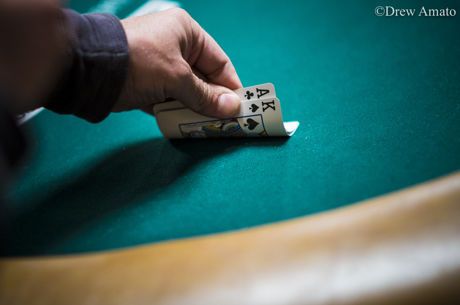
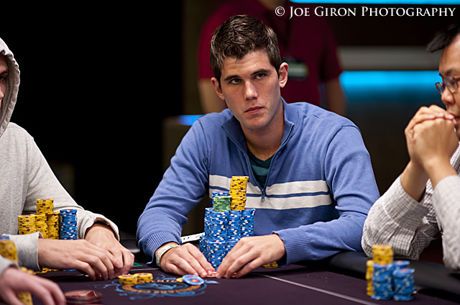
![[REVIEW] Alex Fitzgerald - How to Think Like a Poker Player](https://pnimg.net/w/articles/1/5d6/94cee8a8e6.jpg)





